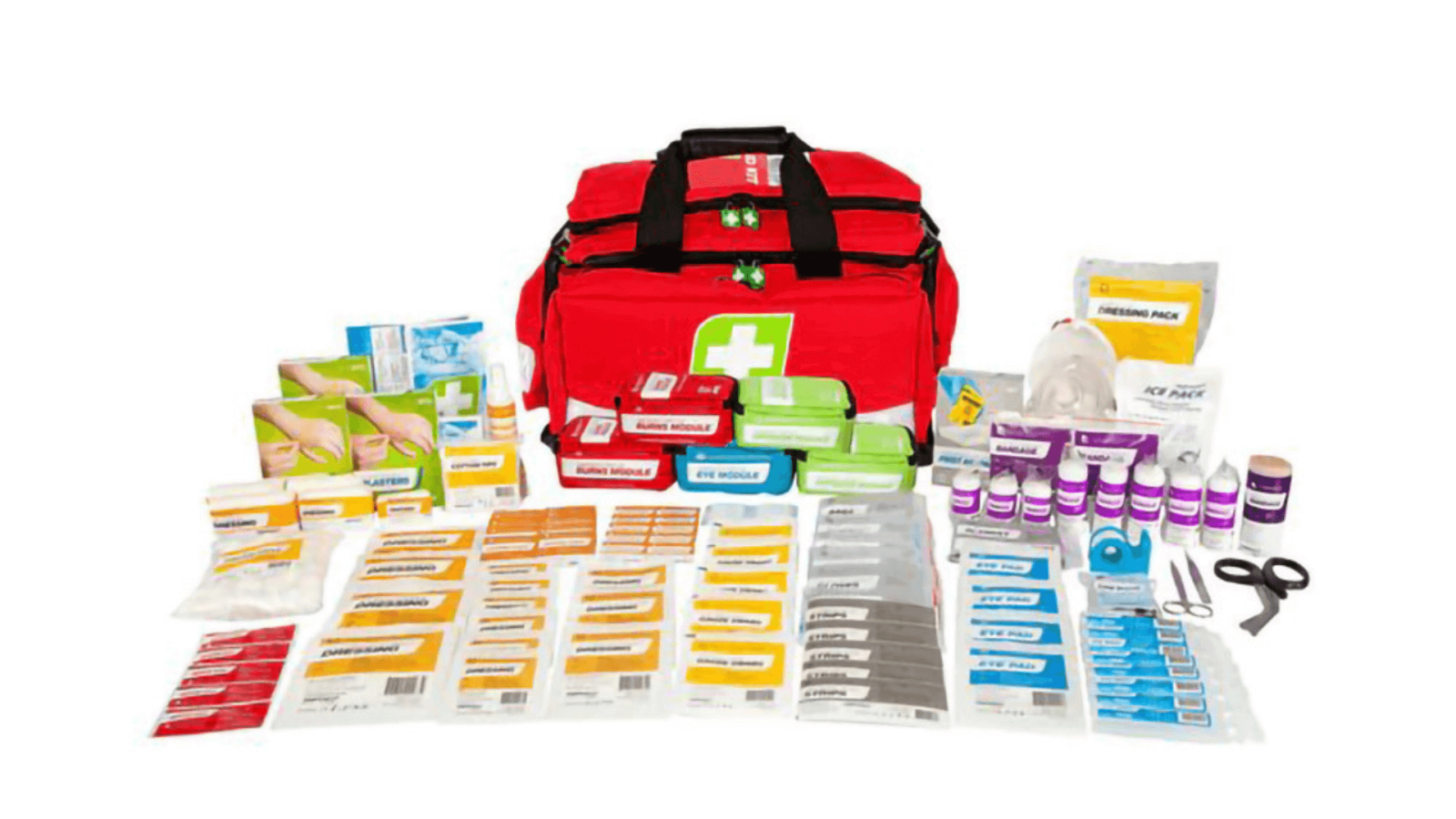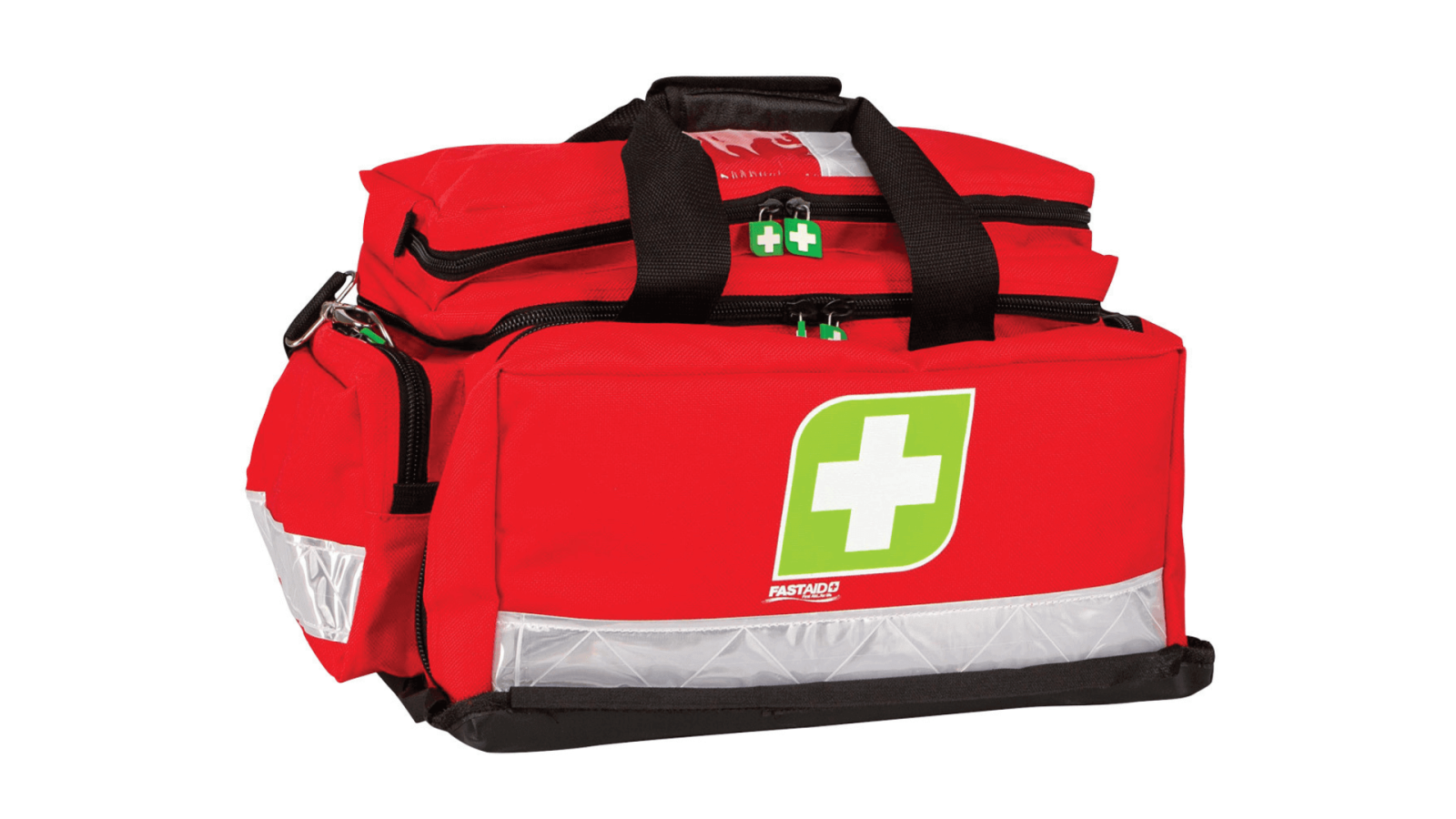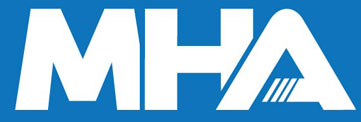Essentials Found In Workplace First Aid Kits
Date Posted:29 July 2025
Unsure what items should be in your workplace first aid kit? We break it down item by item to ensure you're prepared for all types of situations.
Verdex Insights: At a Glance
-
The Challenge: Many workplaces underestimate the importance of maintaining a properly equipped and compliant first aid kit. Missing, expired, or inadequate supplies can delay emergency care and lead to avoidable injuries or non-compliance with WHS regulations.
-
The Insight: A well-stocked, clearly signposted first aid kit ensures a fast and effective response to workplace incidents. Regular inspections, restocking, and hazard-based customisation help meet legal requirements while improving overall staff wellbeing and safety culture.
-
The Verdex Solution: Verdex supplies WHS-compliant first aid kits for offices, warehouses, factories, and mobile teams, including restocking components and signage for easy accessibility. Our kits meet Australian workplace standards and integrate seamlessly with PPE, safety barriers, and safety signage, forming part of a complete, proactive workplace safety system.
Why Every Workplace Needs a Proper First Aid Kit
Having a well-stocked and accessible workplace first aid kit is essential. When injuries or medical incidents occur, a rapid response can significantly reduce the severity of harm and even save lives.
Workplace Health and Safety (WHS) legislation in Australia mandates that businesses provide first aid kits suited to the risks and activities of their specific environment. At Verdex, we see this not only as a compliance requirement but as a crucial part of supporting staff wellbeing.
Whether you're operating an office, warehouse, or construction site, having the right first aid supplies on hand is a proactive investment in health, safety, and productivity. These kits are just one part of a broader commitment to workplace safety equipment and supplies designed to protect staff in all scenarios.
What Is Typically Included in a Workplace First Aid Kit?
1. Basic Wound Care Items
Every first aid kit should include essential wound care products for treating minor injuries such as cuts, abrasions, and scrapes. These items are typically the most frequently used and must be replenished regularly.
Standard contents include adhesive dressings (Band-Aids) for small wounds, gauze pads for absorbing blood, and non-stick wound dressings for larger cuts. Antiseptic wipes are essential for cleaning wounds before dressing, and saline solution helps flush out dirt or contaminants. These basic components are vital for preventing infection and providing immediate care.
2. Emergency and Trauma Supplies
In workplaces with greater risk (such as construction sites or warehouses) emergency supplies are crucial for handling more serious injuries.
Items like triangular bandages are used for slings and support, while combine dressings manage heavy bleeding. Shock blankets help maintain body temperature in trauma situations.
Splints may be necessary in remote or high-risk worksites to stabilise fractures before help arrives. A resuscitation face shield or mask is also recommended for performing CPR safely. These items form the backbone of emergency response within a workplace.
3. Tools and Accessories
A reliable first aid kit needs a selection of tools to assist in administering treatment. Tweezers are used for removing splinters or debris, and scissors for cutting bandages or clothing.
Disposable gloves are essential to maintain hygiene and protect the responder. Safety pins help secure slings or bandages in place. A comprehensive first aid manual should be included to guide employees on how to use kit contents correctly and confidently during an emergency.
It's also important to consider PPE clothing and safety gear that complements first aid procedures by protecting staff before an incident even occurs.
4. Personal Protection and Cleaning
Hygiene and personal protection play a vital role in modern first aid practices. Kits should contain hand sanitiser for immediate cleaning and face masks to reduce the risk of cross-contamination, particularly during outbreaks of illness.
Eyewash station solutions are essential for sites where particles, dust, or chemicals pose a risk to eye health. Waste disposal bags ensure used materials are safely and cleanly discarded. A CPR mask or shield enables responders to provide life-saving care while protecting themselves from fluid contact.
5. Common Workplace-Specific Items
Some items in a first aid kit should be tailored to your work environment. Burn gel or burn dressings are vital in kitchens, metal workshops, or areas with hot surfaces.
Eyewash bottles are standard in laboratories or dusty construction zones. Instant ice packs are invaluable for sprains, strains, and minor swelling—especially in active environments like warehouses. For regional or outdoor sites, snake bite bandages are a must-have, offering critical first-response treatment in remote areas.
How First Aid Kit Contents Vary by Workplace Type
Different workplaces face different hazards, which means first aid kits must be customised accordingly. An office may only need basic wound care and personal protection items, while a construction site might require trauma supplies, eye wash, and burn treatments.
Warehouses often benefit from including items like cold packs, splints, and additional dressings due to the higher risk of physical injury. Remote or regional sites may require expanded kits with snake bite treatment and emergency blankets due to delays in accessing medical services.
Safe Work Australia’s Code of Practice for First Aid in the Workplace outlines guidance for selecting and maintaining first aid kits. It’s essential to consider whether your workplace is low-risk or high-risk and tailor your kits accordingly, alongside other essential measures like workplace safety signage to clearly indicate kit locations and emergency procedures. The Safety Sign (FIRST AID) is highly recommended and designed to comply with relevant Australian Standards.
Our popular first aid solutions for the workplace include:
How Often Should First Aid Kits Be Checked and Restocked?
Regular checks are essential to ensure first aid kits are always ready for use. It's recommended to inspect and restock kits quarterly, or immediately after any incident where supplies were used.
Kits should be sealed, clearly labelled, and placed in accessible, signposted locations throughout the workplace. Missing or expired items must be replaced without delay.
Verdex supplies a full range of restocking components, ensuring your workplace remains compliant and ready to respond to emergencies at any time. For larger storage solutions of additional first aid equipment, consider our Utility Tool Boxes.
Summary of What Should Be Found in a Workplace First Aid Kit
Basic Wound Care Items:
-
Adhesive dressings (Band-Aids)
-
Gauze pads
-
Non-stick wound dressings
-
Antiseptic wipes
-
Saline solution
Emergency and Trauma Supplies:
-
Triangular bandages
-
Combine dressings (for heavy bleeding)
-
Shock (thermal) blankets
-
Splints
-
Resuscitation face shield or CPR mask
Tools and Accessories:
-
Tweezers
-
Scissors
-
Disposable gloves
-
Safety pins
-
First aid manual
Personal Protection and Cleaning:
-
Hand sanitiser
-
Face masks
-
Eye wash solution
-
Waste disposal bags
-
CPR mask or shield
Common Workplace-Specific Items:
-
Burn gel or burn dressings
-
Eyewash bottles
-
Instant cold/ice packs
-
Snake bite bandages
Kit Types Based on Workplace Needs:
-
Wall-mounted kits (offices, kitchens, workshops)
-
Portable soft-case kits (mobile teams, contractors)
-
Vehicle kits (fleet drivers, remote workers)
-
Industrial kits (factories, high-risk zones)
Additional Notes:
-
Kits should be checked quarterly or after each use
-
Expired or used items must be replaced promptly
-
Location should be signposted and accessible
-
Kits must meet WHS legislation and be suitable for workplace risks
Choosing the Right First Aid Kit for Your Workplace
Selecting the right kit depends on the size, layout, and nature of your operations.
-
Wall-mounted kits are ideal for fixed locations like warehouses, workshops, or office kitchens.
-
Portable soft-case kits are suitable for dynamic work environments, mobile teams, or contractors.
-
Vehicle kits are essential for fleet drivers and remote workers, ensuring support is always within reach.
-
Industrial kits offer extensive supplies for high-risk areas such as factories, construction zones, and processing facilities.
Verdex can help you choose the right first aid solution from our range of workplace kits, backed by industry expertise and WHS knowledge. Reach out to us to learn more by:
-
Filling out our contact form
-
Emailing us at sales@verdex.com.au
Frequently Asked Questions
Is there a legal requirement for first aid kit contents in Australia?
Yes. Under WHS laws, every business must provide adequate first aid facilities, including kits appropriate to the hazards and size of the workplace. The Safe Work Australia Code of
Practice provides detailed guidance on content expectations.
Can I customise a first aid kit?
Absolutely. First aid kits should always be tailored to your worksite’s specific needs. This includes considering the types of tasks performed, number of employees, and the likelihood of particular injuries or risks.
How many kits does my workplace need?
The number of kits depends on the size of the workplace, number of staff, and the physical layout. Larger or multi-level sites may require several kits distributed across key access points for quick response.
Do first aid kits expire?
Some items, like antiseptic wipes, saline solution, and medications (if applicable), do expire. Kits should be checked regularly and expired contents replaced to ensure their effectiveness in an emergency.
Who is responsible for checking the first aid kit?
Typically, a designated first aid officer or safety coordinator is responsible for monitoring and restocking the kit. However, all staff should be aware of its location and condition.
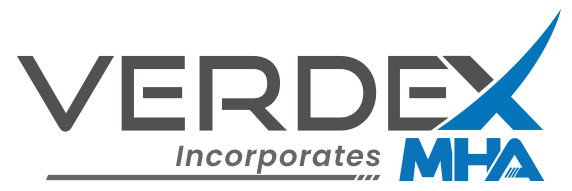
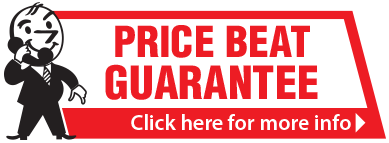






























































































































 Trolleys & Hand Trucks
Trolleys & Hand Trucks Cage Trolleys
Cage Trolleys Cleaning Carts & Trolleys
Cleaning Carts & Trolleys Construction Trolleys
Construction Trolleys Custom Trolleys
Custom Trolleys Hand Trucks & Dollies
Hand Trucks & Dollies Laundry/Linen Trolleys
Laundry/Linen Trolleys Lifting Trolleys
Lifting Trolleys Order Picking Trolleys
Order Picking Trolleys Panel Cart Trolleys
Panel Cart Trolleys Platform Trolleys
Platform Trolleys Powered Trolleys
Powered Trolleys Shelf & Tiered Trolleys
Shelf & Tiered Trolleys Shopping Trolleys
Shopping Trolleys Stainless Steel Trolleys
Stainless Steel Trolleys Tool Trolleys
Tool Trolleys Utility & Service Carts
Utility & Service Carts Lifting & Handling Equipment
Lifting & Handling Equipment Forklift Attachments
Forklift Attachments Jib Attachments
Jib Attachments Lifting Hoists & Pallet Hooks
Lifting Hoists & Pallet Hooks Load Skates & Tow Tugs
Load Skates & Tow Tugs Manual Stackers & Lifters
Manual Stackers & Lifters Pallet Jacks
Pallet Jacks Pallet Lifters
Pallet Lifters Pallet Rotators & Dispenser
Pallet Rotators & Dispenser Powered Pallet Trucks & Electric Lifters
Powered Pallet Trucks & Electric Lifters Scissor Lift Trolleys and Tables
Scissor Lift Trolleys and Tables Conveyor Equipment
Conveyor Equipment Conveyor Frames & Stands
Conveyor Frames & Stands Roller & Skate Conveyors
Roller & Skate Conveyors Ladders & Access Equipment
Ladders & Access Equipment Container & Yard Ramps
Container & Yard Ramps Ladders & Step Stools
Ladders & Step Stools Work Platforms & Crane Cages
Work Platforms & Crane Cages Drum Handling Equipment
Drum Handling Equipment Drum Storage & Bunding
Drum Storage & Bunding Drum Trolleys & Lifters
Drum Trolleys & Lifters Forklift Drum Handling
Forklift Drum Handling Waste Handling & Bins
Waste Handling & Bins Bin Lifters & Tippers
Bin Lifters & Tippers Plastic Waste & Wheelie Bins
Plastic Waste & Wheelie Bins Steel Waste & Tipping Bins
Steel Waste & Tipping Bins Waste Carts
Waste Carts Dangerous Goods Storage & Spillage
Dangerous Goods Storage & Spillage Aerosol Cans Storage Cages
Aerosol Cans Storage Cages Bunded Pallets & Storage
Bunded Pallets & Storage Corrosive Goods Storage Cabinets
Corrosive Goods Storage Cabinets DG Storage & Trolleys
DG Storage & Trolleys Flammable Liquid Cabinets
Flammable Liquid Cabinets Forklift Gas Storage Cages
Forklift Gas Storage Cages Site Storage
Site Storage Spill Kits
Spill Kits Shelving & Storage Equipment
Shelving & Storage Equipment Stillage & Transport Cages
Stillage & Transport Cages 750 Series Cage Configurations
750 Series Cage Configurations Heavy Duty Cabinets
Heavy Duty Cabinets Heavy Duty Shelving
Heavy Duty Shelving Mega Bins & Pallets
Mega Bins & Pallets Packing & Workbenches
Packing & Workbenches Parts Trays & Stor-Pak Bins
Parts Trays & Stor-Pak Bins Pegboard & Louvre Panels
Pegboard & Louvre Panels Plastic Bins & Crates
Plastic Bins & Crates Plastic Handling Solutions Bins
Plastic Handling Solutions Bins Plastic Pallets
Plastic Pallets Stack & Nest Bins
Stack & Nest Bins Pallet Racking Accessories
Pallet Racking Accessories Workplace Equipment
Workplace Equipment Modular Workbenches
Modular Workbenches Electric Height-Adjustable Workbenches
Electric Height-Adjustable Workbenches Floor Matting
Floor Matting General Workplace Equipment
General Workplace Equipment Industrial Weighing Scales
Industrial Weighing Scales Packaging Machinery
Packaging Machinery Stationery Cupboards
Stationery Cupboards Storage and Stillage Cages
Storage and Stillage Cages Tool Trolleys
Tool Trolleys Tooling Cabinets
Tooling Cabinets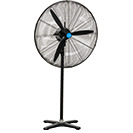 Workshop Fans and Coolers
Workshop Fans and Coolers Safety Barriers, PPE & Signage
Safety Barriers, PPE & Signage Barriers & Bollards
Barriers & Bollards First Aid Equipment
First Aid Equipment Gloves, Knives and PPE
Gloves, Knives and PPE Signage
Signage Cleaning & Site Supplies
Cleaning & Site Supplies Cleaning Equipment
Cleaning Equipment Cleaning Trolleys
Cleaning Trolleys Rubbish Bins
Rubbish Bins Signs & Traffic Supplies
Signs & Traffic Supplies Construction Equipment
Construction Equipment Construction Trolleys
Construction Trolleys Waste Handling
Waste Handling General Site Equipment
General Site Equipment Concrete Equipment
Concrete Equipment Site Storage
Site Storage Lifting Equipment
Lifting Equipment Verdex Specials
Verdex Specials
